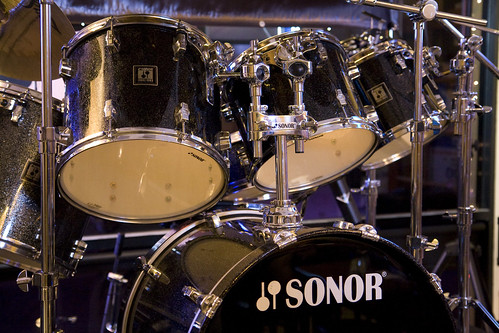Taking photos in low light takes some practise to perfect, we have put together a great guide to help you master the art of low light photograph. Low light cameras and equipment, fixing underexposed photos and even a infographic on low light photography tips to bring it all together. We hope you enjoy.

Sometimes we want to take photographs under low lighting conditions without using a flash. It could be that we don’t want to cause a distraction during a ceremony or formal event. Perhaps flash isn’t allowed, such as during many concerts or performances. Or maybe we just like the ambiance that the use of the available light creates. Whatever the reason, it is reassuring to know that we can take quality photographs, even in dim lighting, without the use of a flash.
One – Crank up the ISO. The higher the ISO number, the more sensitive the camera’s sensor is to the light that is reaching it. My Canon 7D’s highest ISO is 6400 (I haven’t purchased the expansion), and I’ve used that setting to photograph bands at night clubs with some pretty good results. The additional noise that is generated by using a high ISO can be filtered out somewhat in post-processing. Sometimes the extra grain adds a little something special to the shot. Shooting in RAW format allows for the most flexibility in post-processing.
Two – Use a larger aperture. The larger the aperture, the more light is entering the lens. Shooting at f/5.6 lets in more light than shooting at f/18 (remember, the lower the number, the larger the aperture).
Three – Slow down the shutter speed. More light is captured the longer the shutter remains open. Keep in mind that a good “rule of thumb” for clear hand-held shots is no slower than 1/60th of a second. Use a tripod if you’re shooting at anything slower than that, though I have had success at slower hand-held shots using lenses with image stabilization.
Four – If you do have to use a flash, try to avoid the on-camera pop-up. It tends to flatten the appearance of the image because the light is hitting the subject directly. Invest in an off-camera flash, angle light so that it is not directly in front of the subject, and use reflective surfaces and diffusers to soften the light. Strategically placed constant light (such as tungsten lamps using soft white bulbs) work excellently for providing additional ambient light without sacrificing the atmosphere of the setting.
Five – Use your camera’s exposure compensation capabilities. The scale on many of today’s DSLR’s allow from -3 to +3 stops in 1/3 stop increments (my 7D is +/-5). Dial the exposure compensation to the positive side to purposefully “overexpose” the photograph.
Photo credit: Tiffany Joyce
